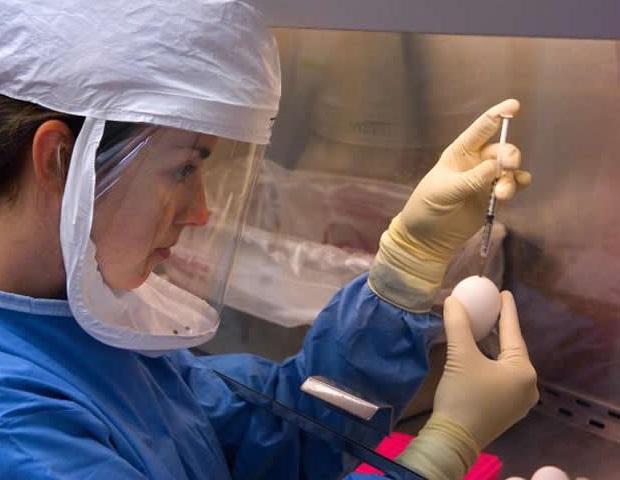Reviewers’ Notes

Precocious puberty on the rise in girls during COVID-19 pandemic
The number of girls diagnosed with precocious puberty increased during the COVID-19 pandemic due to potential risk factors such as increased screen time and less physical activity, according to a new study published in the Journal of the Endocrine Society.
The number of girls referred to pediatric endocrinologists for precocious puberty has increased significantly over the last two years, potentially due to the COVID-19 pandemic. Precocious puberty is when children's bodies begin to change into adult bodies too soon. They start to develop physical changes before the age of 8 such as breasts buds in girls and bigger testes in boys. COVID-19 has also been linked to endocrine diseases such as obesity, which is a known contributor to early puberty in girls.
Our study confirms the rise in precocious puberty diagnoses during COVID-19 and identifies contributing factors such as poor eating and exercise habits, too much screen time and impaired sleep. We found an increase in weight gain among girls diagnosed with precocious puberty during the pandemic, and rapid increase in body weight is associated with advanced pubertal development."
Mohamad Maghnie, M.D., Ph.D., Study Author, University of Genoa and the Giannina Gaslini Institute in Genoa, Italy
The researchers evaluated the incidence of precocious puberty before and after the COVID-19 pandemic in 133 girls from Italy. They also examined the possible relationship between COVID-19 and pandemic-related lifestyle changes.
They found 72 cases of precocious puberty before the COVID-19 pandemic (January 2016-March 2020) and 61 cases between March 2020 and June 2021. That equates to four new cases per month.
The researchers also found girls diagnosed with precocious puberty during the COVID-19 pandemic tended to have higher body mass index (BMI) scores than girls who did not. These girls spent an average of 2 hours per day using electronic devices, and 88.5% of them stopped any physical activity.
"The role of stress, social isolation, increased conflicts between parents, economic status and the increased use of hand and surface sanitizers represent potentially further interesting hypotheses as to why early puberty is increasing in youth," Maghnie said. "Although, the consequence of biological adaptation cannot be entirely ruled out."
The other authors of this study are Daniela Fava, Tiziana Camia, Giuseppa Patti and Flavia Napoli of the University of Genoa and the Giannina Gaslini Institute; Carlotta Pepino, Alessia Pepe, Dalila Paoloni, Marina Francesca Strati, Alessia Angelelli, Andrea Calandrino, Emilio Casalini, and Marta Bassi of the University of Genoa in Genoa, Italy; Valentina Tosto of the Giannina Gaslini Institute and the University of Perugia Medical School in Perugia, Italy; and Roberto Gastaldi, Caterina Tedesco, Anna Elsa, Maria Allegri and Maria Grazia Calevo of the Giannina Gaslini Institute.
The study received funding from the Ministry of Health of Italy.
The Endocrine Society
Fava, D., et al. (2023). Precocious Puberty Diagnoses Spike, COVID-19 Pandemic, and Body Mass Index: Findings From a 4-year Study. Journal of the Endocrine Society. doi.org/10.1210/jendso/bvad094.
Posted in: Child Health News | Medical Research News
Tags: Body Mass Index, Bone, Bone Health, Children, covid-19, Diabetes, Endocrine, Endocrinology, Exercise, Hormone, Infertility, Medical School, Obesity, Pandemic, pH, Physical Activity, Precocious Puberty, Puberty, Research, Sleep, Stress, students